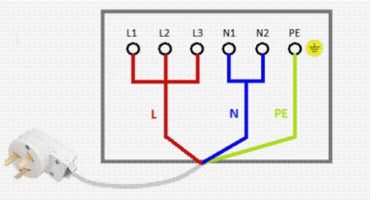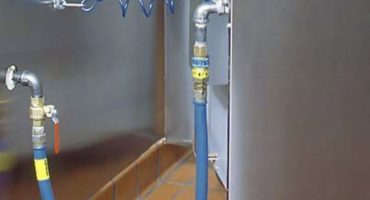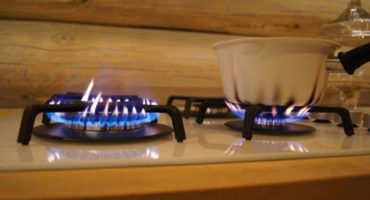It is difficult to imagine a modern kitchen without a gas stove and oven. Manufacturers offer a huge selection of models that meet such parameters as convenience and comfort in use, reliability, functionality. With minimal skills in the field of gas supply and electricians, you can install and connect a gas oven yourself, without resorting to the expensive services of professionals.
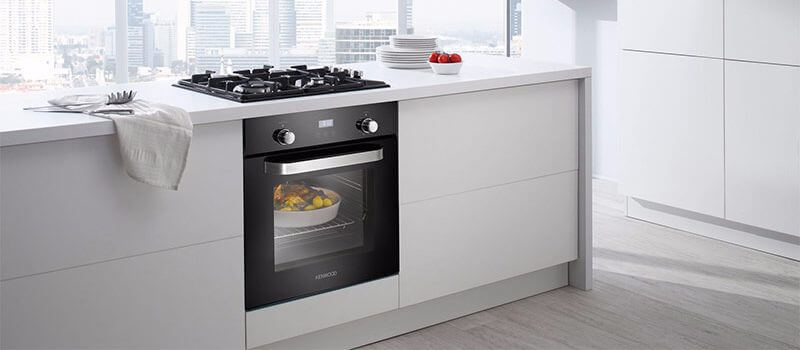
Standard stove with gas oven
Main types and features of ovens
When choosing an oven, first of all, you need to decide how this device is controlled. There are 2 main types of ovens, which have some distinctive features.
Built-in oven
A traditional type of gas stove, sold complete with a hob. To connect and install a gas oven, you do not need to change the interior of the room, it is suitable for any kitchen set.
This type of equipment is equipped with a reliable security system that controls the gas supply. All installation work must be carried out by specialized services, as there is a risk of disrupting the internal gasification system.
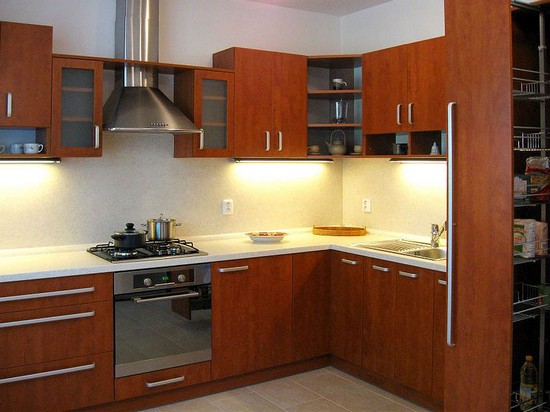
Built-in model in the kitchen
Freestanding oven
The hob may be located separately from the oven. For maximum comfort, stand-alone models have the option of connecting a gas hob to an electric oven.
Independent built-in wardrobe is very convenient in terms of installation. Depending on the design of the kitchen, it can be installed under the countertop or window sill. The main advantage of autonomous gas ovens is the ability to be used in a country house, they can work from a portable cylinder.
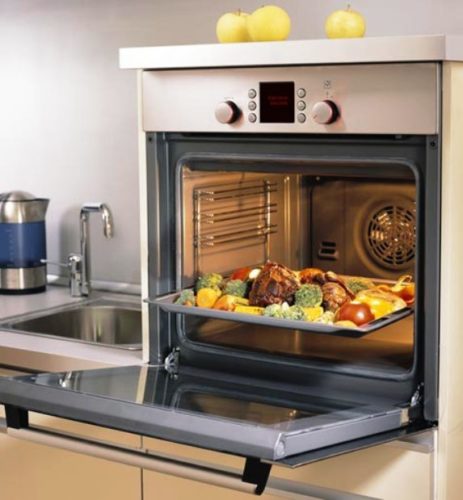
Standalone or Independent Model
Unlike gas ovens, it can also be electric and multifunctional. Thanks to the modes of convection, upper and lower grill, steaming and built-in grill, it turns out to cook many varied and original dishes without much effort.
Quite often there are models with a built-in microwave function and a childproof door lock, which will be appreciated by families with small children.
How to carry out the installation of the oven yourself
Before proceeding with the installation of the oven, you should familiarize yourself with the instruction manual and the technical specifications of the device.
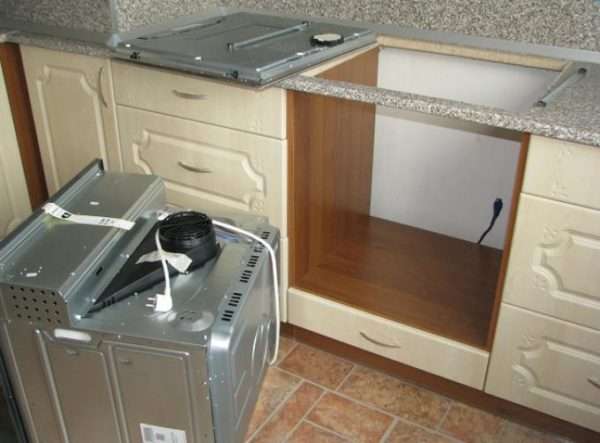
Niche Preparation
Prepare the necessary installation tool:
- gas key;
- set of screwdrivers;
- FUM thread;
- solution for checking the tightness of the joints;
- piece of foam rubber.
The oven is installed in the immediate vicinity of the gas tap, avoiding direct contact with flammable surfaces (wooden, plastic, LVZH). The cabinet is placed on a flat, horizontal surface, if this is not possible, then the level is set on the adjustable legs. This is necessary to evenly distribute the temperature inside the oven.

Niche Oven Measurements
Step-by-step installation instructions:
- We remove the standard factory plugs;
- We check the serviceability of threaded joints of the structure;
- We install accessories: o-rings, gaskets, clamps;
- We wind the threads to connect the gas hose to the oven, in certain models there are not threaded connections, but clamp type;
- We lay the hose so that it is less exposed to high temperatures and mechanical damage;
- We check the serviceability of the gas valve, then we wind the FUM thread for tightness of the connection and tighten it with a clamp;
- The next step is to check for gas leaks by applying a technical solution to the joint. The appearance of foam signals the presence of a crack, the docking is poor.
Gas distribution hoses are of two types:
- A hose made of benzo-oil-gas-resistant rubber - there are no special requirements for this type, since it itself serves as a dielectric insert between the cabinet and the house gas pipeline;
- Corrugated metal - to prevent voltage inducing in case of violation of the power supply insulation, an insulating insert is required, which is installed immediately after the gas distribution valve. In this way, it is possible to avoid human exposure to electric current.
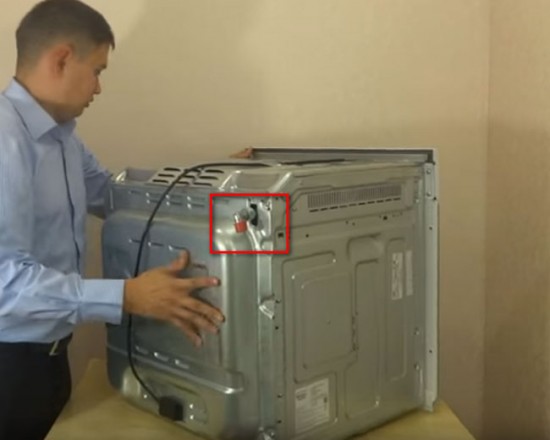
Gas hose connection point
Power Connection
To properly connect the cabinet yourself, you must familiarize yourself with the factory instructions for the operation of the equipment. Some gas stoves use a different scheme for connecting to a 220/380 V power system.
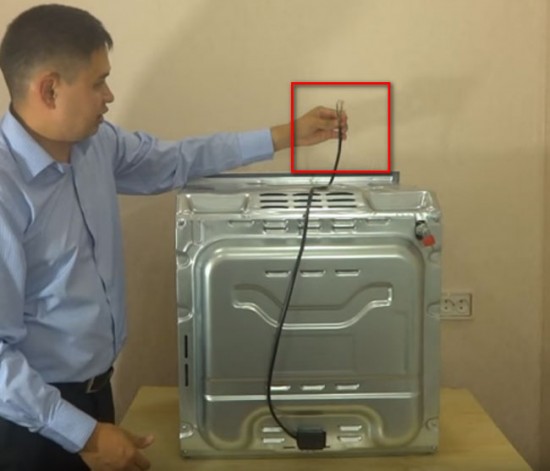
Electrical connection
To connect to the mains, it is necessary to dismantle the back panel of the product to determine the voltage class. Select by oven power section of the supply conductor:
- if the voltage is 220 V, the cross section is not less than 16 mm / 2;
- at a voltage of 380 V, the required cross-section is 9 mm / 2.
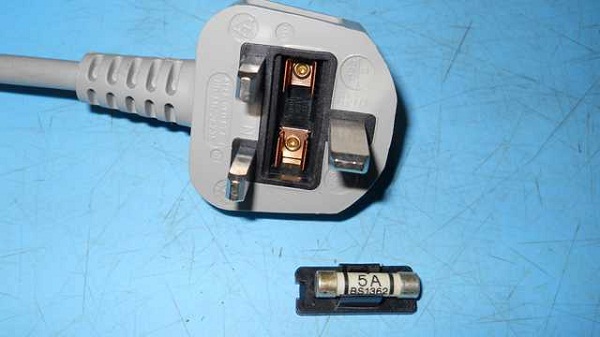
Checking the fuse in the plug
To prevent malfunctions in the gas control system and automatic ignition, it is forbidden to make changes to the factory design of the product and use:
- extension cords;
- Differential relay;
- load breakers;
- automatic machines.
If you use a three-wire system, or four-wire, for safety reasons, special attention must be paid to the grounding conductor.
Before using the oven, make sure:
- in the absence of foreign objects between the unit body and the grounding bolt;
- in the presence of a metal contact of the grounding conductor with the plate body;
- the size of the conductor should be 2 times larger than the cross section of the supply cable according to GOST or TU;
- at a heating temperature of individual structural elements above 70 degrees C, damage to the power supply cable may occur;
- make sure the contact of the socket of the working outlet;
- when installing a gas oven, control the distance between the gas distribution valve and the cabinet body to prevent the occurrence of statistical stress.
When connecting a gas stove, it is necessary to clearly determine what type of fuel it will operate from. If it is natural gas, then the nozzle hole is selected with the smallest diameter, since its density is higher. For a gas stove running on liquefied gas (propane, butane, isobutane), a nozzle with a large diameter is needed.
Checking the functionality of the oven after installation
After installing and connecting the gas stove, it is necessary to ensure gas supply by opening the gas distribution valve. Having made sure visually with the valves closed, in the absence of the characteristic smell of methyl mercaptan, we continue the process of putting the device into operation. The gas control system and electric ignition of the furnace are checked. The functioning of the parameters of the gas control system of the product is carried out in 2 stages:
- The gas distribution valve at the inlet is closed, when re-opened, the gas supply is blocked by an electric valve;
- During operation of the device, the mains power is forcibly turned off. When the voltage is reapplied, the electromechanical blocking (EMB) of the gas is triggered.
After carrying out the above measures, it is necessary to determine the efficiency of the gas oven by visually observing the candle flame and increasing the temperature of the control devices.
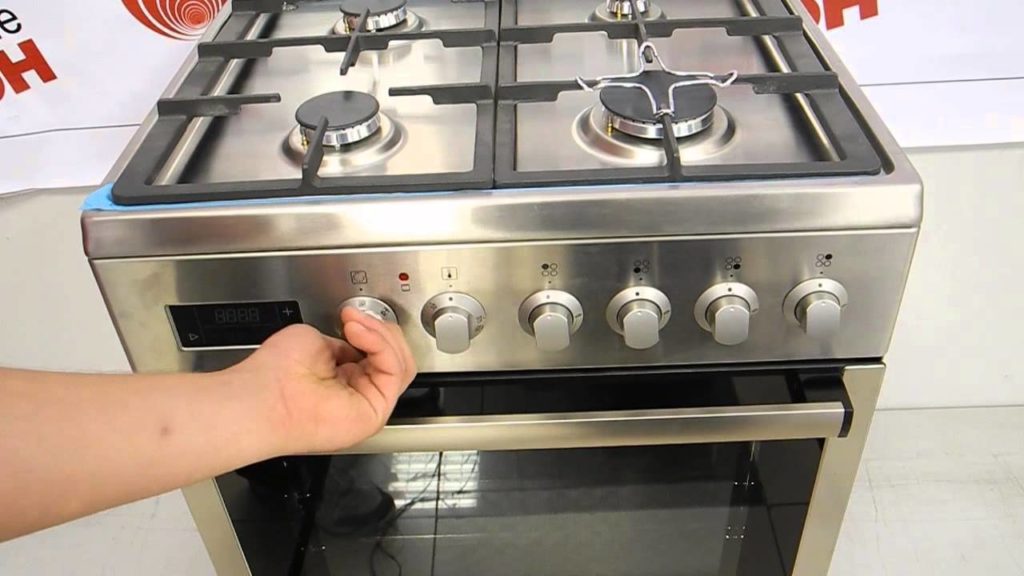
Checking the cooking zones
The procedure for checking the oxygen concentration supplied to the combustible mixture is determined as follows. The flame height (9-12 mm) during operation should not change. The color at the end of the cone should be blue, if red appears at the end, this indicates an insufficient oxygen concentration.
Electric ignition of a gas stove consists of the following components:
- high voltage transformer;
- block cascade microcircuit;
- power unit;
- piezoelectric element
After a signal is supplied to the ignition control key, a high voltage is generated in the control circuit, the breakdown ability of which allows you to overcome the distance between the element and the gas burner. As a result of the high discharge temperature of 250 degrees C, ignition of natural gas occurs.
If food residues, soot and other items get in, problems may occur in the operation of the gas stove. They are expressed in the absence of discharge, as a result of this the flame will not ignite, it is necessary to control the spark gap.
The main types of malfunctions in the operation of gas stoves, methods for their elimination
Common types of malfunctions and breakdowns of gas equipment are:
- Increased / reduced gas pressure in the system of internal gas distribution - elimination of a malfunction is possible by specialists licensed to perform these types of work;
- In case of problems with electric ignition and gas control, you should contact the service center or the manufacturer;
- Faulty gas supply valve - replace the valve or check for voltage on it;
- Extraneous noise in the burner - independently clean the channel and eliminate visible defects;
- The burner flame goes out, the bimetallic gas control element is faulty - only specialized gas services can eliminate it;
- A domestic gas leak has occurred - turn off the insulating tap, close the burner, and if possible avoid open fire. Report to the gas service.
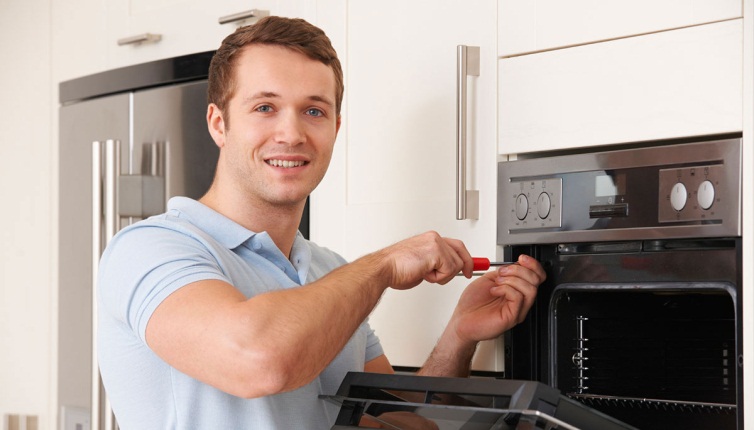
An oven check should be entrusted to a professional
It is worth remembering that the lack of qualifications and certain skills during the independent installation of gas equipment can lead to disastrous consequences. To carry out such work, it is recommended to contact professional craftsmen with the appropriate licenses.

